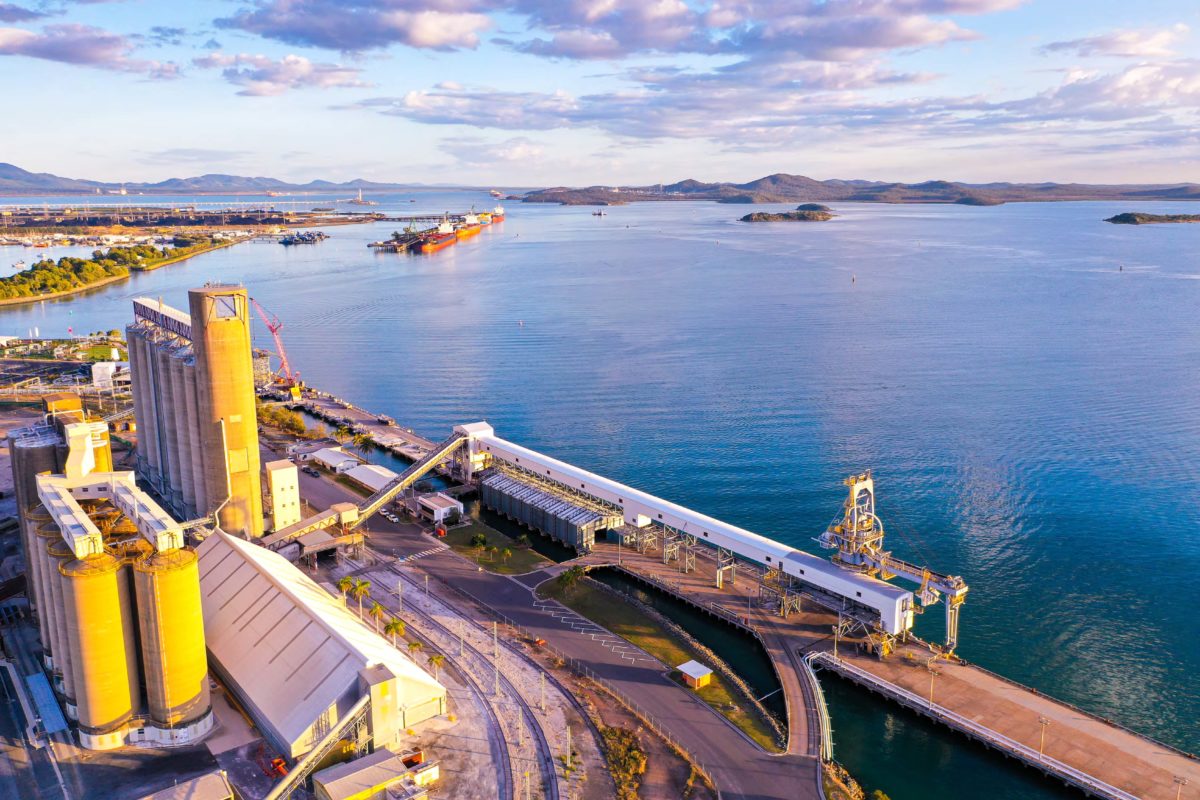The federal government has pledged an additional $150 million for hydrogen project grants while expanding its prospective regional hydrogen hubs shortlist from five to seven to include one regional industrial centre per state.
The seven locations identified by the federal government include:
- Bell Bay, Tasmania
- Gladstone, Queensland
- Latrobe Valley, Victoria
- Hunter Valley, New South Wales
- Darwin, Northern Territory
- Eyre Peninsula, South Australia
- Pilbara, Western Australia.
The intention behind federal government’s Clean Hydrogen Industrial Hubs program is to co-locate hydrogen production facilities with industrial users, and building on preexisting industry infrastructure and regional workforces.
The Australian Hydrogen Council welcomed the move, with its CEO, Dr Fiona Simon, saying to decision to increase the number of hubs is good news for getting Australia’s burgeoning hydrogen industry to scale since hubs drive collaboration and shared benefit.
Australia’s $464 million pales beside Germany’s $10 billion pledge
While WWF-Australia’s Energy Transition Manager, Nicky Ison, also welcomed the new investments, she said they don’t go far enough to capture the full potential Australia has to become a world leader in renewable energy exports.
“Indeed Australia is being outspent by other countries. Germany, for instance, is investing $10 billion in renewable hydrogen,” Ison said.
With the additional $150 million, the Australian federal government’s grant program now totals $464 million. The program will provide up to $3 million grants for project consortia to initially progress feasibility and design work, and up to $70 million towards the roll-out of projects.
While its hydrogen program is open Australia-wide, the federal government said “the seven locations have been identified based on strong interest and activity from industry and each location’s existing capabilities, infrastructure and resources,” presumably meaning projects based in these locations will be prioritised.
The creation of hubs is considered vital to establish scale in hydrogen, with Ison saying centres of heavy industry like Bell Bay, Gladstone and the Hunter “have the potential to be not just hydrogen hubs but renewable energy industrial precincts that use renewable hydrogen to meet the growing Australian and global demand for commodities like steel and aluminium that have been manufactured using renewable energy.”
Australia’s federal government estimates the “clean” hydrogen industry (the term it uses to lump fossil fuel hydrogen with carbon capture and storage in with legitimately renewable green hydrogen) could generate over $11 billion a year in GDP by 2050.
Analysis by ACIL Allen co-funded by WWF and Beyond Zero Emissions, however, is more optimistic, saying investment in hydrogen hubs and renewable energy industrial precincts in Gladstone and the Hunter could create $13 billion in annual revenue by 2032.
H2 under 2
The federal government’s “stretch goal” is to get hydrogen production in Australia to under $2 a kilogram, labelling the objective “H2 under 2.”
“We are accelerating the development of our Australian hydrogen industry and it is our ambition to produce the cheapest clean hydrogen in the world, transforming our transport, energy, resources and manufacturing sectors,” Prime Minister Scott Morrison said in a statement.
“Hydrogen hubs are crucial to realising the Morrison government’s vision of making Australia a major global player in hydrogen production and exports by 2030,” Minister for Energy and Emissions Reduction, Angus Taylor, added.
“We are looking to partner with industry, and work with state and territory governments to make this a reality.
The federal government’s program guidelines are available at business.gov.au, with applications to open in the coming weeks.
This content is protected by copyright and may not be reused. If you want to cooperate with us and would like to reuse some of our content, please contact: editors@pv-magazine.com.









1 comment
By submitting this form you agree to pv magazine using your data for the purposes of publishing your comment.
Your personal data will only be disclosed or otherwise transmitted to third parties for the purposes of spam filtering or if this is necessary for technical maintenance of the website. Any other transfer to third parties will not take place unless this is justified on the basis of applicable data protection regulations or if pv magazine is legally obliged to do so.
You may revoke this consent at any time with effect for the future, in which case your personal data will be deleted immediately. Otherwise, your data will be deleted if pv magazine has processed your request or the purpose of data storage is fulfilled.
Further information on data privacy can be found in our Data Protection Policy.